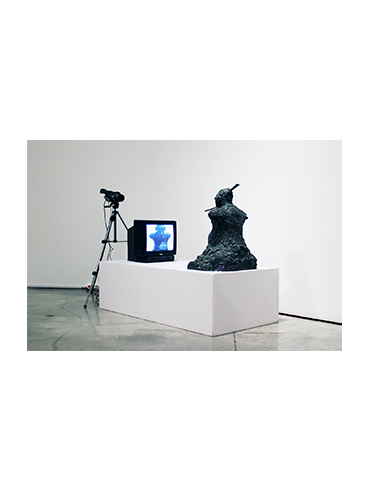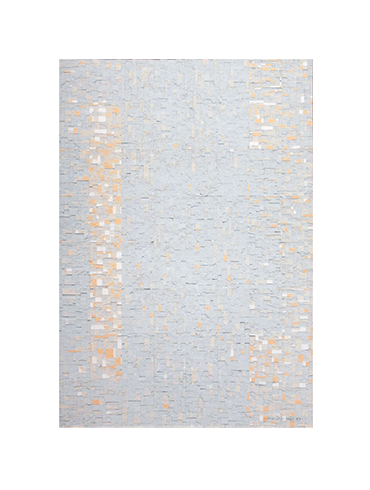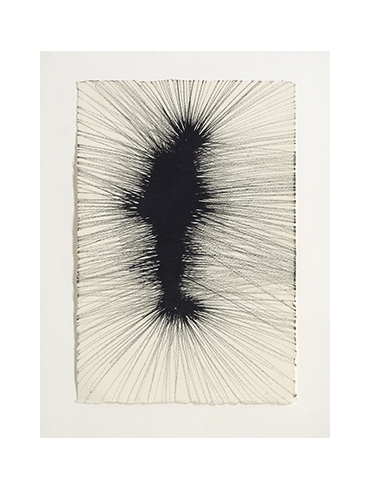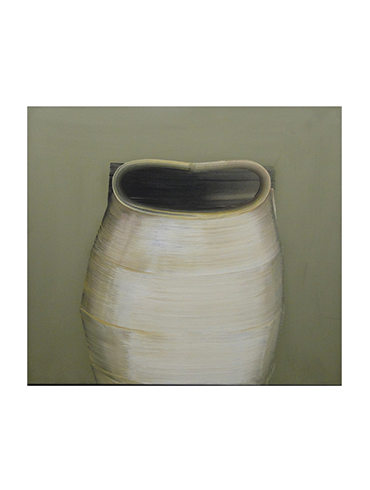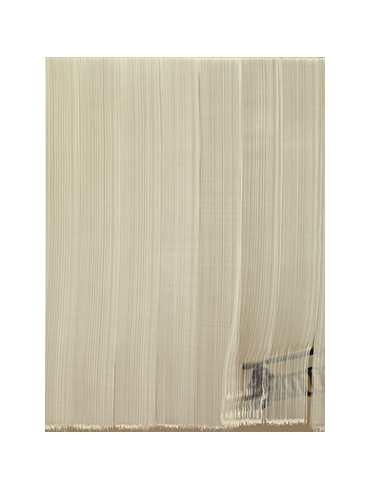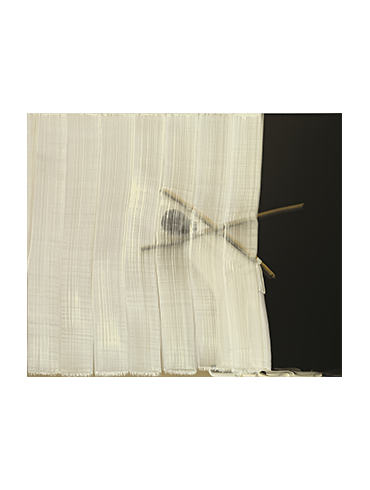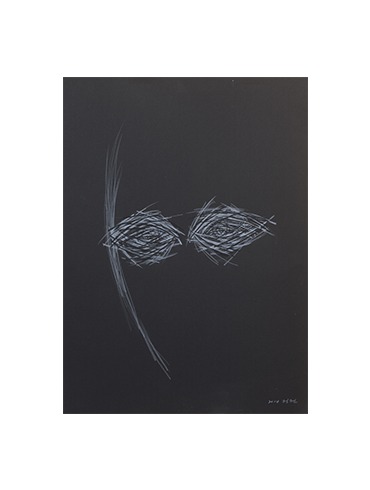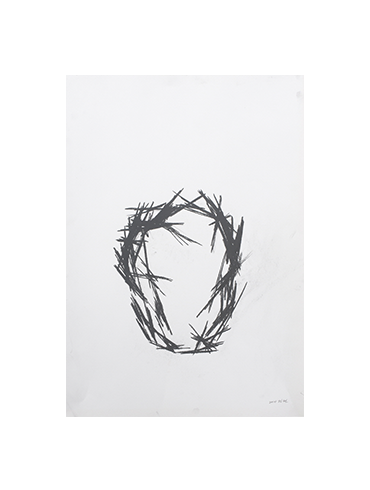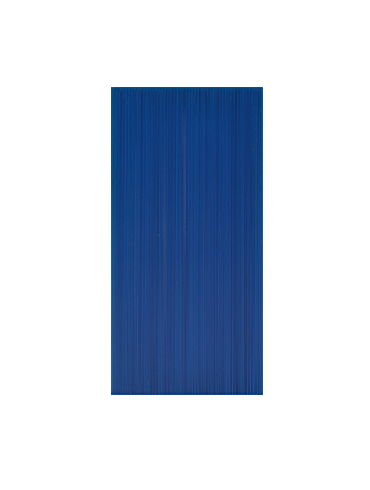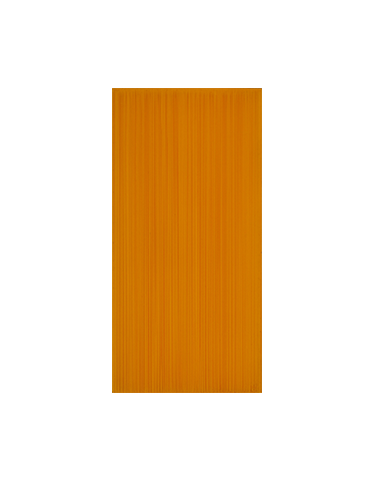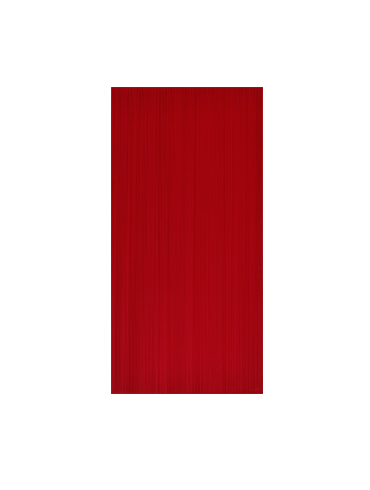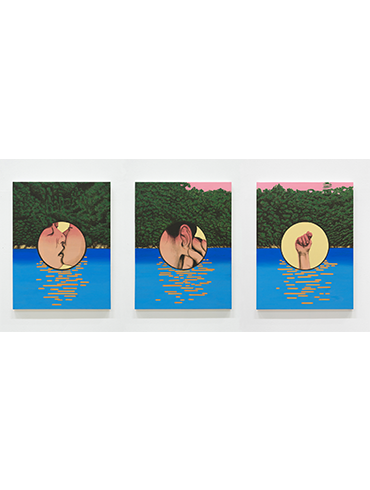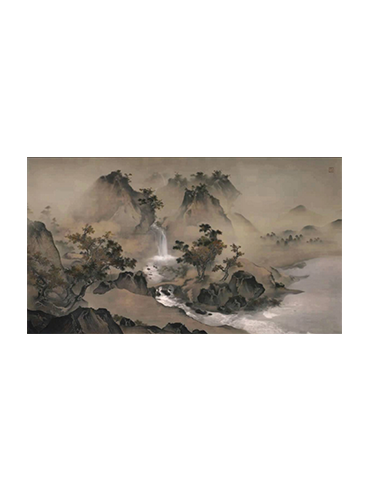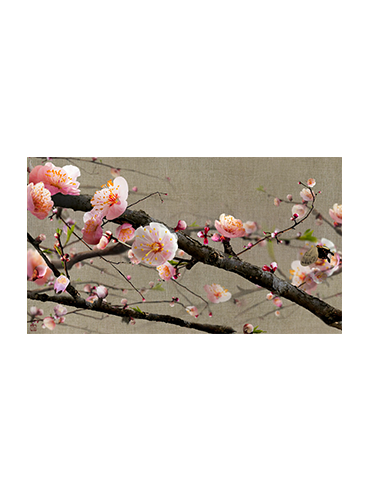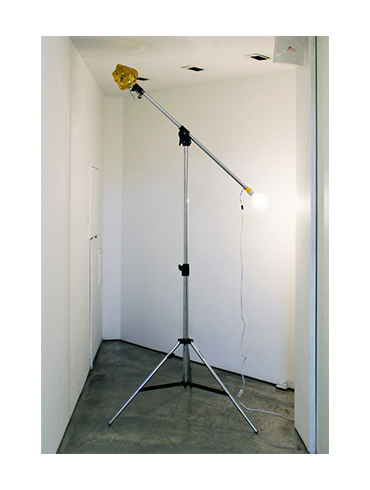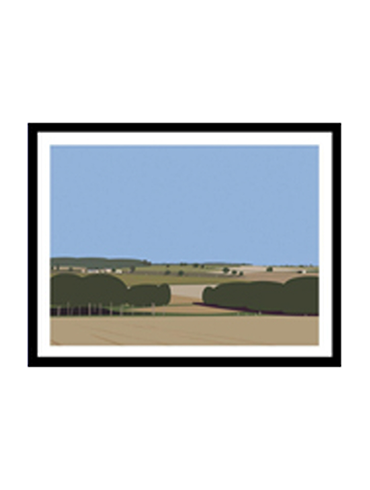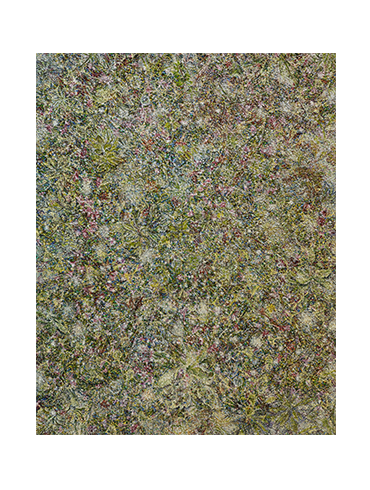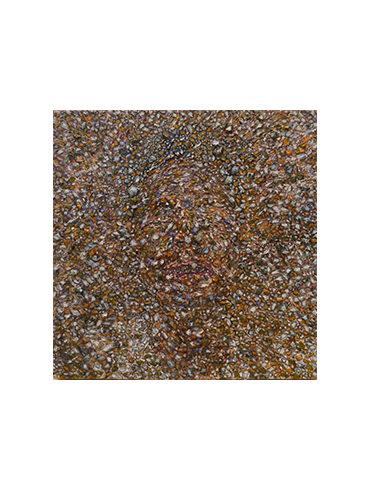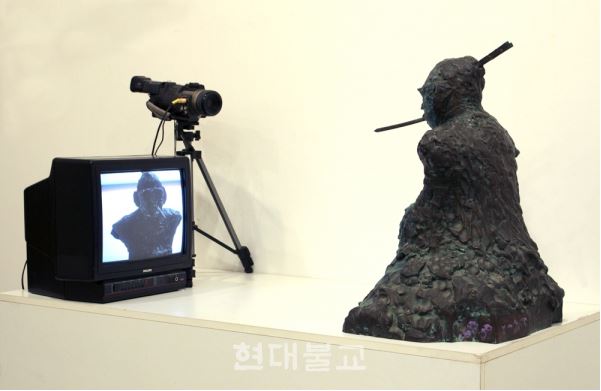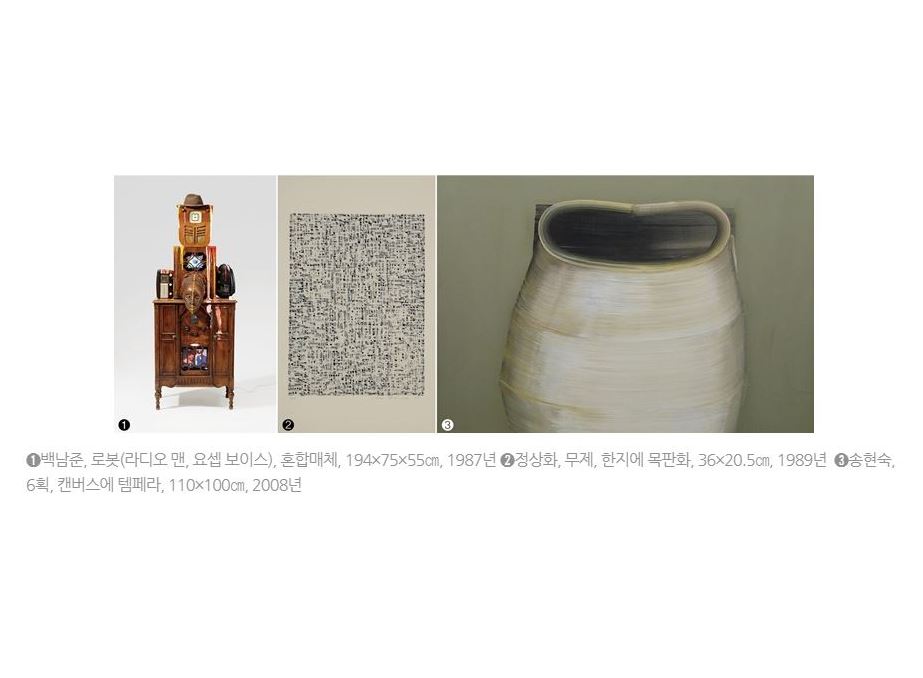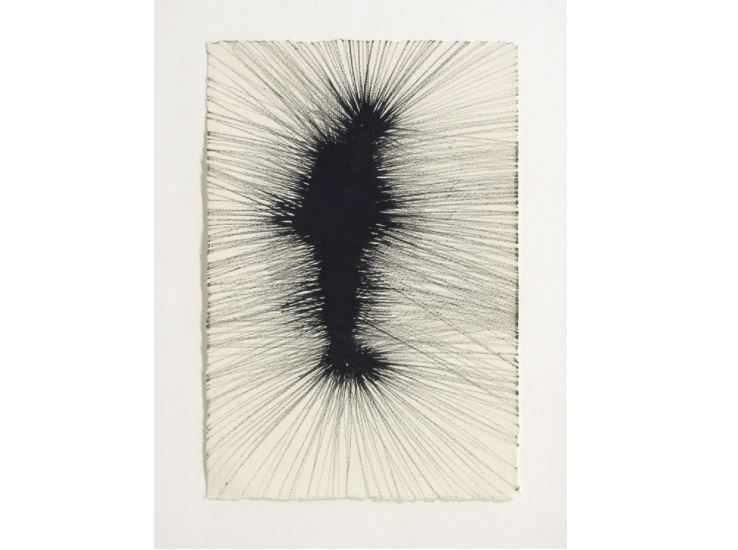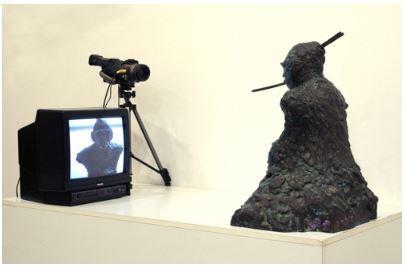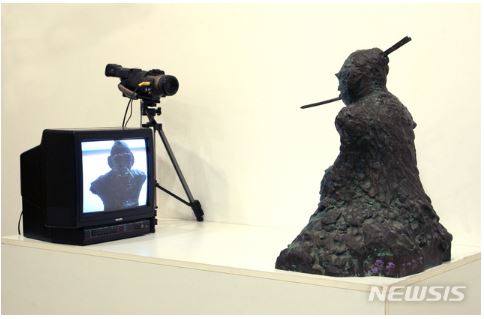2020년, 첫 숨을 들이쉬며
이 문장을 떠올린다. ‘미래는 지금이다.[1]’ 백남준(1932-2006, 서울)은 어제에 살며
오늘의 시간을 끌어 썼다. 조지 오웰(1903-1950, 인도)에게 건넨 새해 인사에서 그랬듯, 그는 줄곧 낙천적 태도로 내일을 내다봤다. 우리는 2000년이라는 상징적 연대를 얼마 전 마주했다. 설렘과 두려움이
뒤섞인 가운데 수많은 시도와 변화를 겪었다. 미술은 울타리를 넓히고 관습을 허물었다. 무한하게 확장된 반경에 비례하여 판단의 기준도 다양화했다. 이제 21.2세기의 장을 넘긴다. 이번 전시는 학고재 소장품을 선보이는 자리다. 백남준을 화두로 하여 국내외 작가의 작품들을 다양하게 소개한다.
백남준의 〈로봇 (라디오 맨, 요셉 보이스)〉(1987)이 전시의 시작을 연다. 그의 오랜 벗 요셉 보이스(1921-1986, 독일)가 세상을 떠난 이듬해 제작한 작품이다. 보이스가 즐겨 쓰던 펠트 모자가 상징적이다. 로봇의 상단 모니터는 〈굿모닝 미스터 오웰〉(1984), 하단 모니터는 〈바이 바이 키플링〉(1986)을 재생한다. 백남준이 ‘우주 오페라
3부작[2]’이라고 부른 연작 중 두 점이다.
조지 오웰이 예견한 디스토피아에 천진한 안녕을 고하고, 동양과 서양은 화합할 수 없다던 러디어드
키플링(1865-1936,
인도)에게 위성 연결한 세계로 회답한다. 세기 말의 로봇이 오늘을 응시한다.
[1] PAIK, Nam June. “People
talk about the future being tomorrow, but the future is now.” in: ARTnews (New York: 1995).
[2] 백남준의 위성예술 3부작. 〈굿모닝 미스터 오웰〉(1984), 〈바이 바이 키플링〉(1986), 〈세계와 손잡고〉(1988).
「학고재 소장품: 21.2세기」 中 발췌 | 박미란 (학고재 큐레이터)





